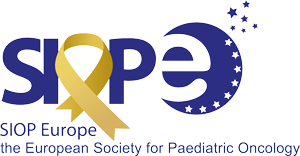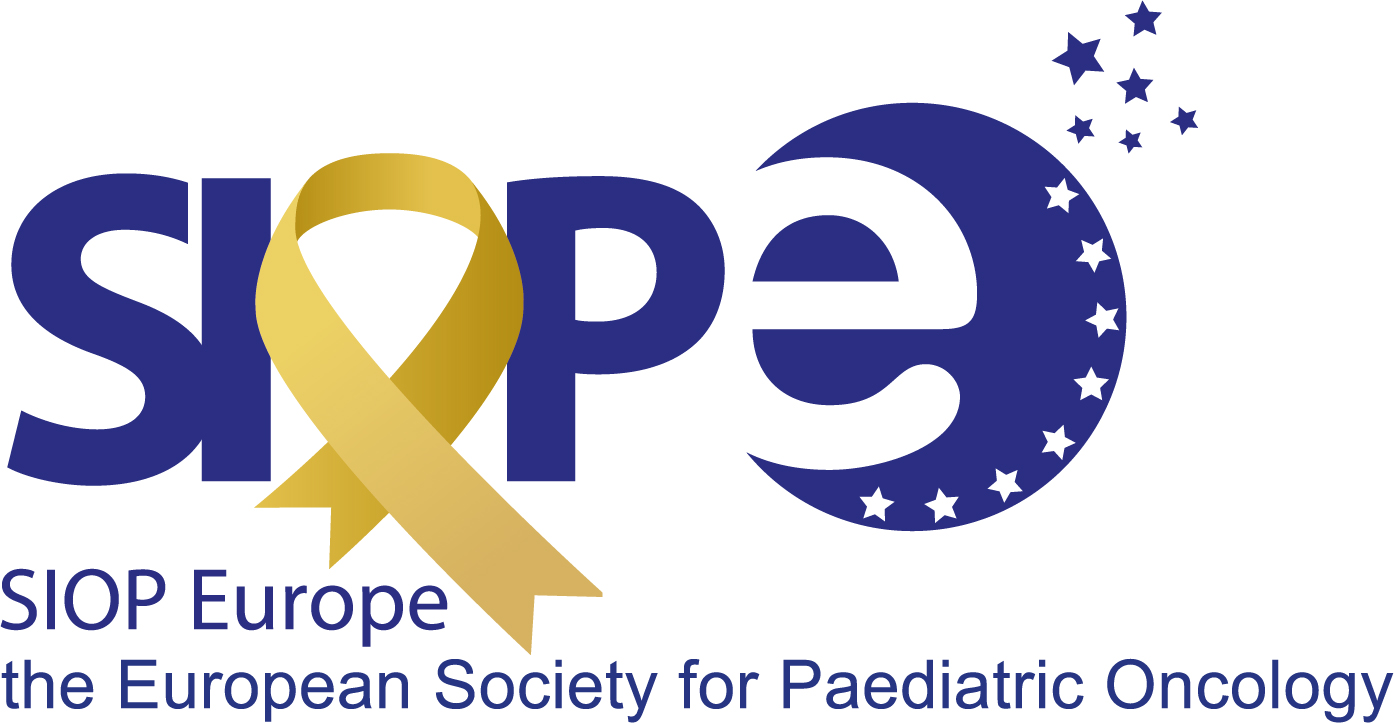WHO Essential Medicines List for Children 2021 includes new Paediatric Cancer Indications and Medicines
The European Society for Paediatric Oncology (SIOP Europe) welcomes the publication of the World Health Organization (WHO) 8th Essential Medicines List for Children (EMLc) that includes 16 new chemotherapy treatments put forward by SIOP Europe.
One of the newly added medicines targets Low Grade Glioma – an index cancer addressed by the WHO Global Initiative for Childhood Cancer (GICC).
WHO Essential Medicines List 2021
The WHO Model Lists of Essential Medicines are updated every two years and represent a global reference of medicines that should be available to all. The EMLc has been in place since 2007 and was most recently revised in September 2021.
SIOPE Access to Medicines Project
Launched in 2019, one of the aims of the SIOP Europe Essential Medicines project was to provide an updated evidence-based reference list of essential medicines for the full spectrum of paediatric cancer diseases to stakeholders in Europe. Coordinated by SIOP Europe and Young SIOPE, all European Clinical Trial Groups (ECTGs) contributed to a systematic evaluation of anti-cancer medicines used for the treatment of children with cancer in the region. In total, 22 mentors from the ECTGs and 35 Young SIOPE members screened 63 treatment protocols and defined a first list of essential anti-cancer medicines.
Submission to WHO Essential Medicines List 2021
SIOP Europe submitted a selection of the medicines identified as essential to the WHO in view of complementing the EMLc. The SIOP Europe proposal identified novel links between the medicines and indications already included in the prior EMLc and added a previously absent disease and a selection of new agents.
Among the highlights, Low Grade Glioma (LGG) was added as a new disease and Everolimus as a new medicine for a subtype of LGG. This development has important synergies with the WHO GICC – a concerted international effort to improve cure rates and reduce the suffering caused by childhood cancer worldwide by 2030.
Another new medicine added to the list was vinorelbine for the treatment of rhabdomyosarcoma.
In addition, novel links between 11 medicines and 17 indications that were already included in prior WHO EMLc were added.
SIOP Europe is grateful to see an increasing number of medicines for children with cancer recognised as essential within the WHO framework. The European paediatric cancer community looks forward to the opportunity of continuous dialogue and cooperation with the WHO and to keep contributing to the upcoming revisions of the EMLc.
For any further information please do not hesitate to reach out to: office@siope.eu
---
List of newly added paediatric cancer medicines and indications stemming from the SIOP Europe submission to the 8th WHO EMLc:
1. CARBOPLATIN for: Ovarian and Testicular Germ Cell Tumours (GCTs); Nephroblastoma; LGG;
2. CISPLATIN for: LGG;
3. CYCLOPHOSPHAMIDE for: Nephroblastoma;
4. DACTINOMYCIN for: Ewing Sarcoma;
5. DEXAMETHASON for: Burkitt Lymphoma;
6. ETOPOSIDE for: Acute Myeloid Leukaemia (AML); Osteosarcoma; Nephroblastoma;
7. EVEROLIMUS for: Subependymal Giant Cell Astrocytoma (SEGA) as subtype of LGG;
8. HYDROCORTISONE for: Burkitt Lymphoma;
9. IFOSFAMIDE for: Burkitt Lymphoma; Nephroblastoma;
10. IMATINIB for: Acute Lymphoblastic Leukaemia (ALL);
11. IRINOTECAN for: Nephroblastoma; Rhabdomyosarcoma;
12. METHOTHREXATE for: Burkitt Lymphoma;
13. METHYLPREDNISOLON for: Burkitt Lymphoma;
14. VINBLASTINE for: LGG;
15. VINCRISTINE for: LGG;
16. VINORELBINE for: Rhabdomyosarcoma;



